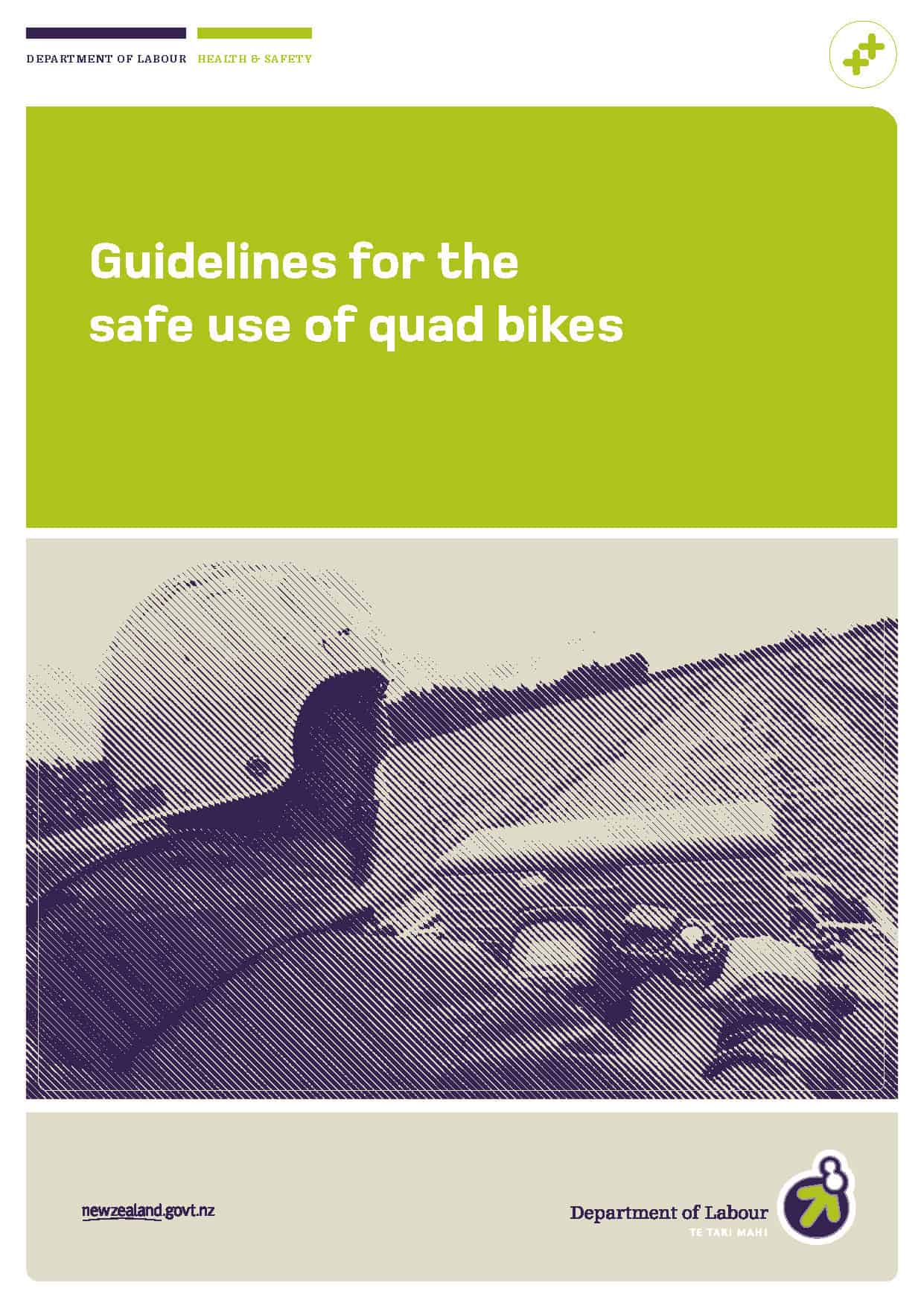I return to the observation Ken made in his article, the obs about the most successful safety places where
“…safety is driven at the shop floor level and led by a committed team of senior executives who can be relied upon to show it by their actions and not just words.”
Of course, at first blush this is about ownership, commitment etc. But I get the impression that it’s something even more fundamental and that’s about pragmatism.
I’m not sure OHS-World is so good at How, How likely and How much: the things that I’d suggest cut-to-the-chase on defining pragmatism.
In contrast, we seem to get all caught up in What and Why as if that is enough to motivate good safety performance. What manifests itself as interminable reports of all the horrible safety failures and the injuries that accompany them. For mine, the only What in this context is a What that matters to the punter. Did something go wrong in a way and situation that is completely relevant to the punter, so it can be used to look for similar potential at the punter’s place? The Why I’m referring to is why a punter should fix stuff, specifically in the context of fixing stuff ’cause it’s the right thing to do or ’cause ya can get busted. Continue reading “The How, How likely and How much of workplace safety”



